A 21st century gold rush is upon us, as individuals, businesses and utilities sprint to install energy storage systems using the new storage investment tax credit (ITC) included in the IRA. For the first time, batteries don’t have to be installed with or charged by solar panels to receive a tax credit. Systems of any size — from residential backup to grid-scale peaking aids — will have access to a 30% ITC.
This development should transform the storage market, just as the solar ITC jumpstarted the industry upon its introduction 15 years ago.
“This ITC means [storage] now makes sense at C&I, at residential, you can afford to provide resiliency,” said Jennifer Gallegos, director of strategic sales and communications for panel-level battery maker Yotta Energy.
As stated in the IRA, the storage ITC is available to batteries over 3 kWh in the residential market and over 5 kWh in the commercial market. More details will be officially determined by the Treasury Dept. over the next few months, but this development is already changing sales conversations across the country.
Online installation marketplace EnergySage has been providing energy system quotes to interested parties for over 10 years and has found increasing interest in batteries over the last decade. EnergySage asks its website visitors browsing solar quotes if they are also interested in energy storage, and CEO Vikram Aggarwal said that for the last few years, consistently 70% of solar customers say yes. But that hasn’t always translated into actual battery installations.
“There is a lot of interest, but prices remain high. And because prices remain high and the financial benefits are not clear, the adoption is still pretty small. Of the 70% that say they’re interested, only 18% of them end up buying [storage],” Aggarwal said.
The new storage ITC could change that.
“Pre-IRA, that was a hard decision. It’s not only expensive — you don’t get the ITC,” Aggarwal said. “Things are definitely going to change post-IRA. Now anyone thinking about a generator, for example, may consider standalone storage. If there are VPP programs or demand-response programs in their market, that could tilt the favor to batteries from generators.”
While storage-only installations will increase, batteries paired with renewable energy sources are still a worthwhile investment, especially now that financing doesn’t need to be tied together. Jeff Chester, global co-head of energy project finance for the law firm Greenberg Traurig, said we’ll see more storage installed alongside wind, which will provide more grid resiliency in far-flung places. Since wind projects typically take the production tax credit (PTC), there was no ITC in the past for paired-storage to latch onto. Now, those co-located installations can each claim their own credit: PTC for wind and ITC for storage.
“On the solar side, the trend has been to pair solar and storage even with the restrictions. Taking those restrictions off now, it makes the facility much more efficient,” Chester said. “You now can operate the battery independent of the solar project. It allows the battery to be operated in a more efficient way thereby increasing the overall value of the project.”
To capitalize on this open market, Aggarwal said residential solar installers should pitch a battery that fits the consumer’s needs, rather than adding a battery just because there’s a tax credit available. Whereas solar is primarily a financial decision, storage provides a resiliency aspect that may be more attractive in certain markets. Cost savings will always reign supreme, though.
“Consumer education is the key to unlocking any market demand. Installers have a view that they can sell [batteries] as a safety thing, great for resilience. For some consumers, that may work,” Aggarwal said. “If customers are interested in batteries because of financial benefits, in what markets are there real financial benefits with ITC and VPP? Position it that way with the added benefit of resiliency. When the adoption rate goes from early adopters to mass adopters, people will want to know what else the battery will do.”

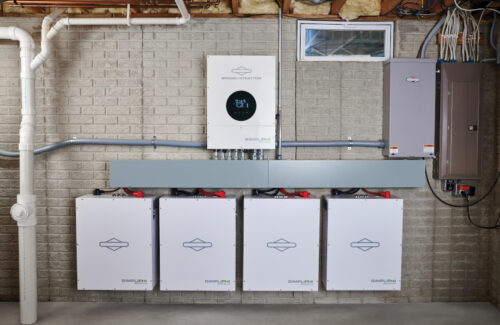
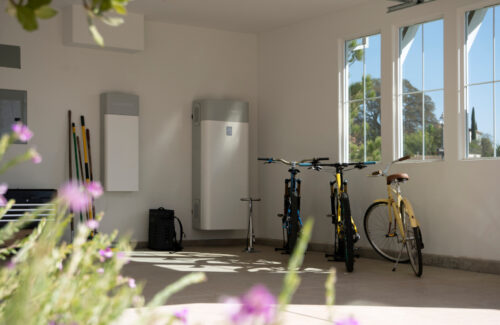
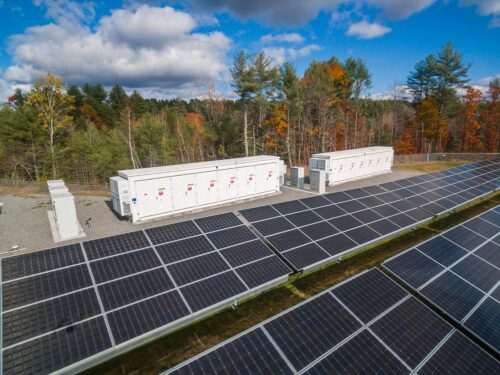
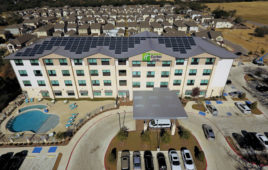

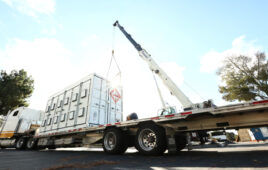
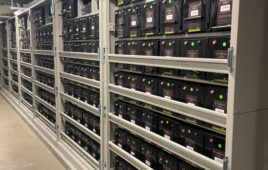
I am a student from Vienna and currently researching on government incentives for residential ESS in the US focusing on Texas. If you have any good websites or personal experience, please contact me 🙂
At first glance, this certainly looks great, but as a consumer looking to install a large residential solar-battery off grid system, what I really need is decent education. Alt E does a pretty good job with their videos but there are so many moving parts to a large system and so many component choices now.
Are there any education classes or courses designed specifically for consumers to help them design a good system, make good component purchasing choices and clearly understand how to properly maintain their system?
Hi Paul, I totally understand where you’re coming from! We’ve heard this a million times. Feel free to check out our website, http://www.shopsolarkits.com – we have just recently created a mini “course” that would be perfect for what you’re looking for.
You might want to entertain companies like SunFusion Energy Systems or Humless Universal which have been used as smart ESS for micro-grid or off grid applications. Depending on energy needs, not cheap, but, flexible in programming and algorithm options to operate one’s home on or off grid.
Hi Paul,
Our company, Brigss and Stratton-SimpliPhi Power(see the top picture) teaches Webinar classes which can be registered for at our website about ESS systems. We also offer self-paced learning opportunites through our online training platform, the Briggs Power Academy. Our trainings (myself included) would love to help you learn. ~Nathan
Good overall piece. We at WATTMORE – Intelligent Energy Now, agree the IRA has driven a nice uptick in storage possibilities. Our platform of AI software can help installers, EPCs, developers, IPPs model the battery economics in key markets and then our Intellect adaptive EMS will actually manage the battery on-going for 10 years. Our WATTMORE Core AI software is flexible and inter operable across almost any vertical (Resi VPP, C&I, Community, Small Utility and coming soon large Utility). We are hardware agnostic and really pushing the software only model than can easily integrate with any battery, inverter and controller. The IRA helps all of these efforts!
sounds like old wine in New bottle
battery prices would need to come dn with higher Ah capacities to make adoption easier. to avail tax credit installing power storage solutions involving batteries is miniscule considering the capital cost.
Will my Electric Co. Readily give me info on the peak higher price hours of electricity use in my area?
Responding to Solarman: TOU metering, paired with battery storage, will reduce the monthly electricity charges, but nowhere near 50%. The net savings between the regular metering which uses the same rate ($0.25) all the time, and TOU metering which charges a high rate ($0.45) during peak hours and a low ($0.19) rate during off-peak, is $0.06. And that’s only if the battery storage has enough capacity to cover 100% of the electricity use during peak hours.
I see your point, this is the game rote IOU electric utilities play. TOU if they change their operations models, then one can and in the future have a TOU from 6AM to 8AM for the wakeup to go to work rush and then the solar PV generation roll-off and a TOU peak from 4PM to 9PM each day. Right now it seems the answer is staying with natural gas water heater and replacing an A/C unit with one of the Energy Star VFD compressor operated heat pumps. In California the largest energy load is probably the air conditioning unit(s) that seem to be operating 24/7 for five to six months out of the year now. There still seems to be a paradigm when it comes to designing and operating systems that have smart ESS units with grid interactive inverters.
In places like California where (average) electrictiy costs are right around $0.25/kWh and are expected to get to an average of $0.35/kWh between 2025 and 2030, makes smart energy storage a better overall plan than solar PV plus storage. Buying the right ESS is tantamont to success as one can get products that they can connect solar PV to in the future. At this time just talking about a smart box with interactive inverter, battery pack with smart HMI programming and controller, I would pick the Sonnen 30.0 for home resiliency and a 15 year warranty on the battery pack. At this time SCE in California has one rate package of $0.19/kWh off peak and from $0.45/kWh to $0.47kWh for the TOU from 4 PM to 9 PM each day. Being able to offset the TOU each day by using arbitrage would save about half of one’s monthly electricity charges, even without solar PV.